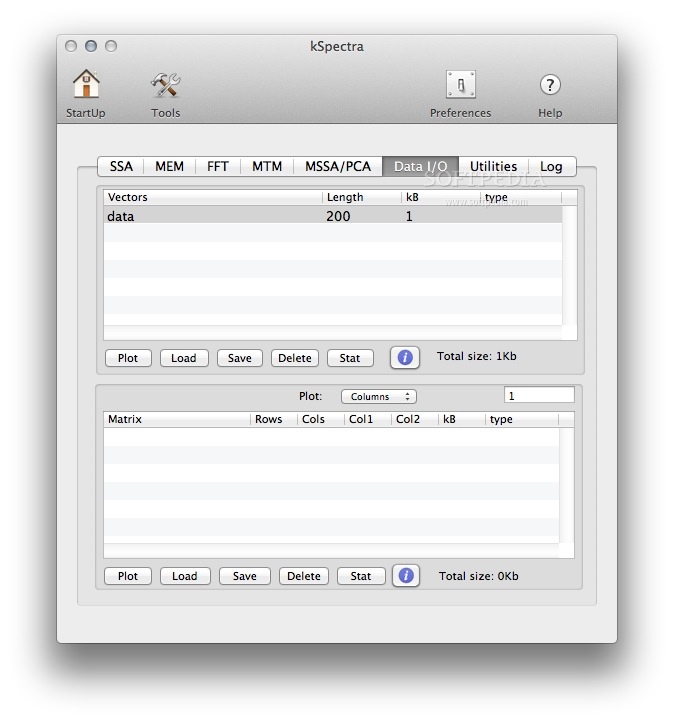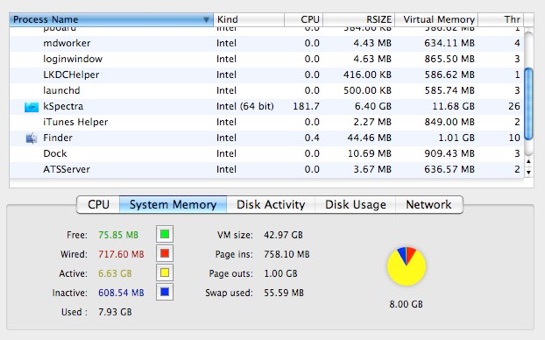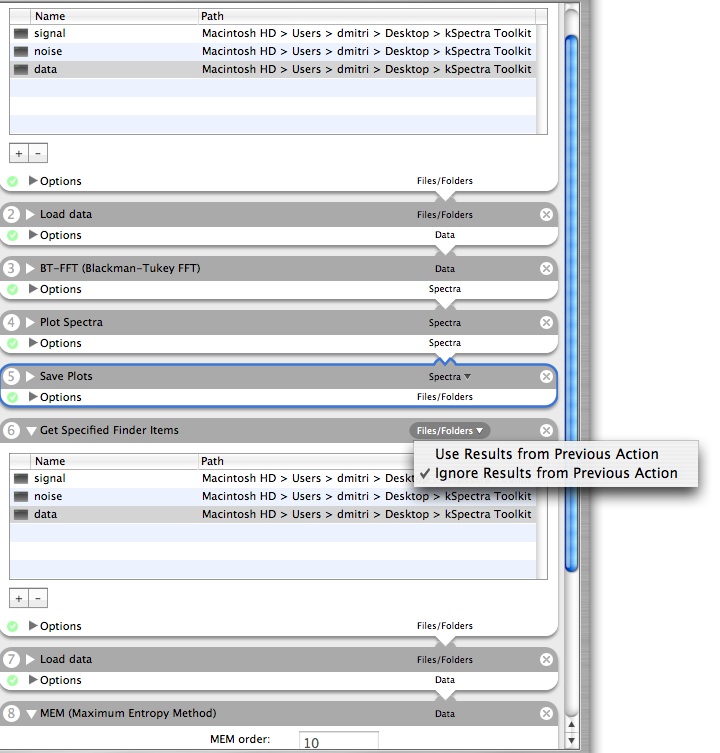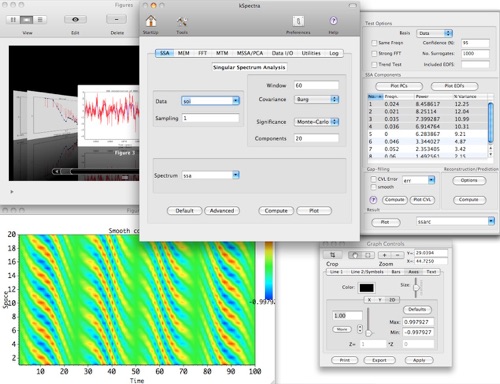
* ZOMG! Not everyone is arrogant enough to create a website to showcase one not-very-good-paper, but then Wyatt isn't everyone. Weirdly enough, MW doesn't like it.] Refs Claims of multidecadal“stadium wave”patterns of variation across multiple climate indices are also shown to likely be an artifact of this flawed procedure for isolating putative climate oscillations. The true AMO signal, instead, appears likely to have been in a cooling phase in recent decades, offsetting some of the anthropogenic warming. Such procedures yield an AMO signal with an inflated amplitude and biased phase, attributing some of the recent NH mean temperature rise to the AMO. Using the synthetic temperature histories, we also show that certain procedures used in past studies to estimate internal variability, and in particular, an internal multidecadal oscillation termed the “Atlantic Multidecadal Oscillation” or “AMO”, fail to isolate the true internal variability when it is a priori known. Miller, "On forced temperature changes, internal variability, The "mechanisms" is an extended exercise in self-delusion. All the stuff about exploding sardines is just fluff and can be ignored. Its now much less obviously a wave its just three (four really, but two essentially overlay) different lines filtered to within an inch of their lives into a 60-year-ish band. Removing this, along with the other three that have essentially no in-band variance, leaves me with this crudely retouched version of their figure 2 a.

Then I thought: but hold on, NHT is the hemispheric temperature index it can't propagate.

NAOw is NAO in winter since they don't provide a pic for it I'll have to assume that NAO, too, has negligible variance in-band and it too should be ignored. EIE is "East Ice Extent" of the East Eurasian Seas even W+C note that its negigible at this scale, and its not in fig 2, so we'll forget it. Once you realise that, you can see that EIE, NAOw, and ALPI, all with less than 10% variance in band, are also negligible at this scale. A more representative version of this picture would renormalise the lines by some-version-of-variance in which case the black NINO line would be essentially flat. So whatever their MSSA has done, it certainly hasn't allowed them to filter out variables that contribute little to the pattern.īut then why is the black line in figure 2 of about the same amplitude as all the others? Because they've all been normalised. But this means, in turn, that NINO is irrelevant at their timescales of interest - as, very likely, we could have guessed at the outset. That makes sense: we all know that NINO is quasi-periodic at ~5 year, so you expect little left over at very slow periods. Ignore the ovals drawn on, instead note the fraction of variance for NINO in the range - about 1%. However, they do show you the proportion or power of the original signal that remains in this band, and this is really very revealing.Īs ever, click on the image for a larger version. Unfortunately they don't show this in spectral space somehow, which I think would have been helpful. Not precisely this, because its been done via MSSA, but effectively so. Note that this isn't fatal of itself - the ACW was also heavily filtered - but). What more could you want? Weeellll.įirst of all, the smoothness is because all the indices have been heavily filtered into a spectral band (update: Eli has a nice post showing quite how heavy the filtering is.

well, it looks good, doesn't it? All those nice smooth wave-like lines showing clear evidence of "propagation".

So really, we're reduced to figure 2 and similar as being the only vaguely convincing bits.Īnd. Figure 12 is about the closest they come to a mechanism, but its just a pile of words arranged in a picture there's no maths here. There are layers of mush and piles of words but precious little hard matter. If you look through the paper to find the core substance, you won't. I'm hoping that someone how does know it will do a proper analysis. I'll try to do that here but I won't fully succeed because (just like Wyatt and Curry) I don't really understand MSSA. Begin by reading Role for Eurasian Arctic shelf sea ice in a secularly varying hemispheric climate signal during the 20th century? That post offers some snarks on the paper, and some indications why you might distrust it, but no really substantive criticism.


 0 kommentar(er)
0 kommentar(er)
